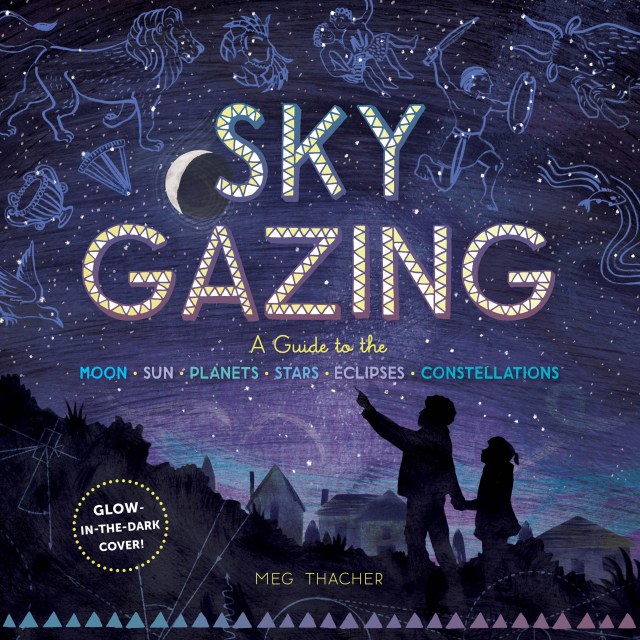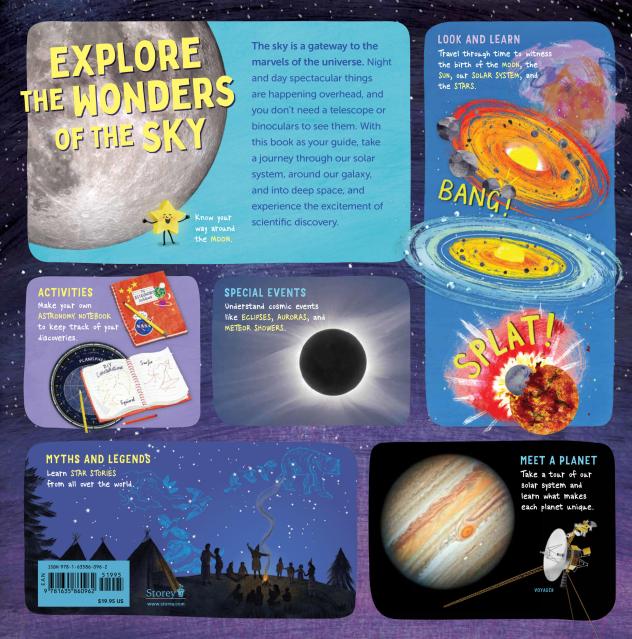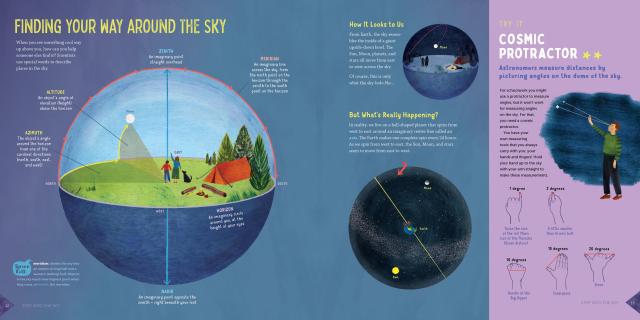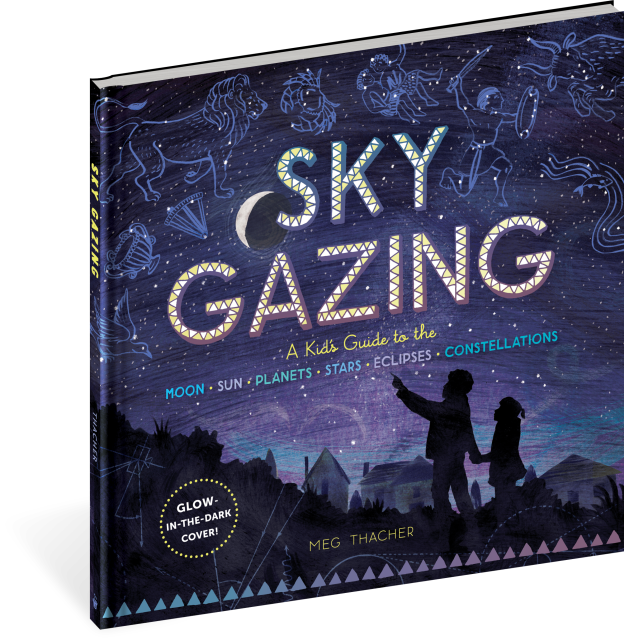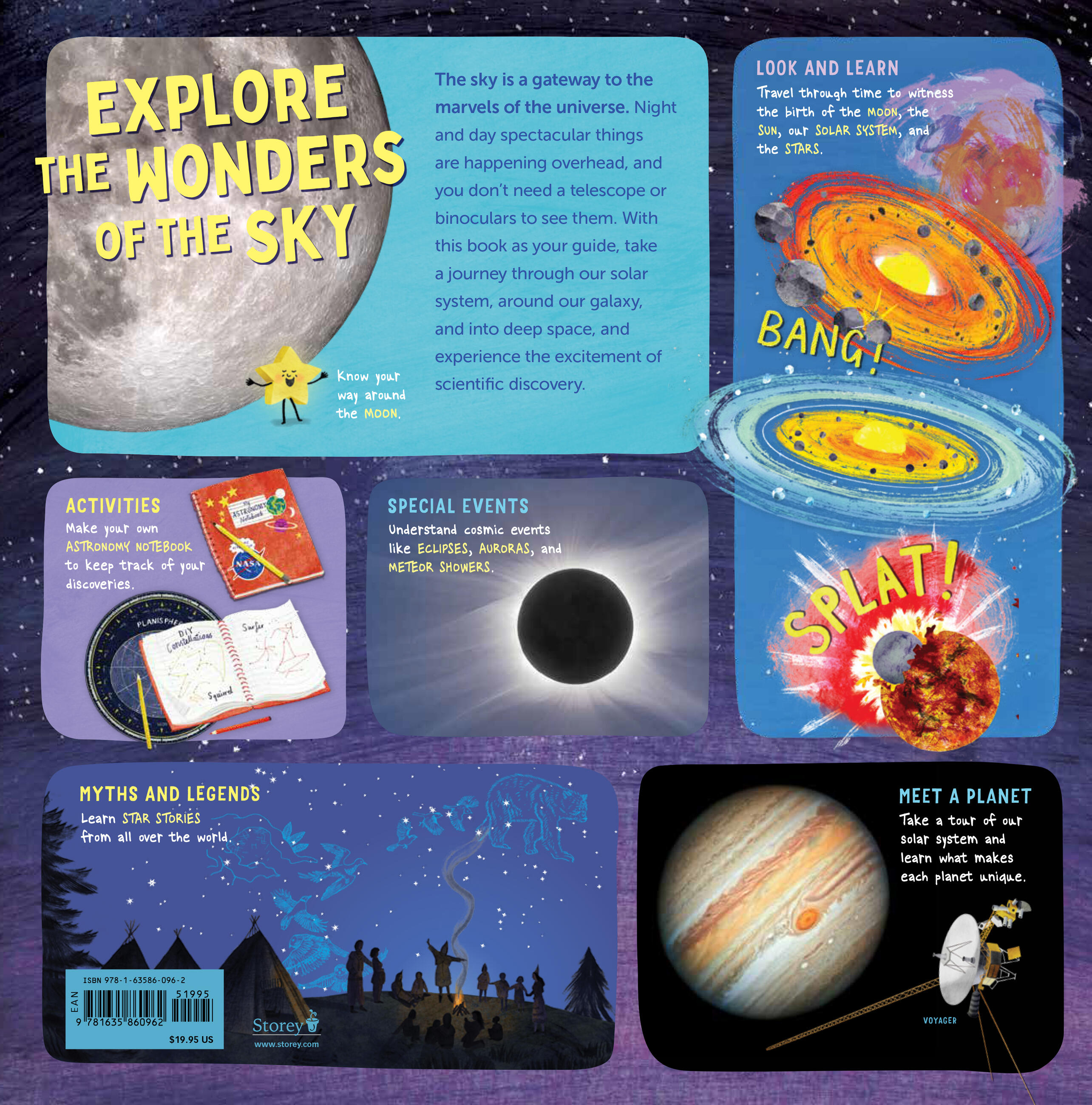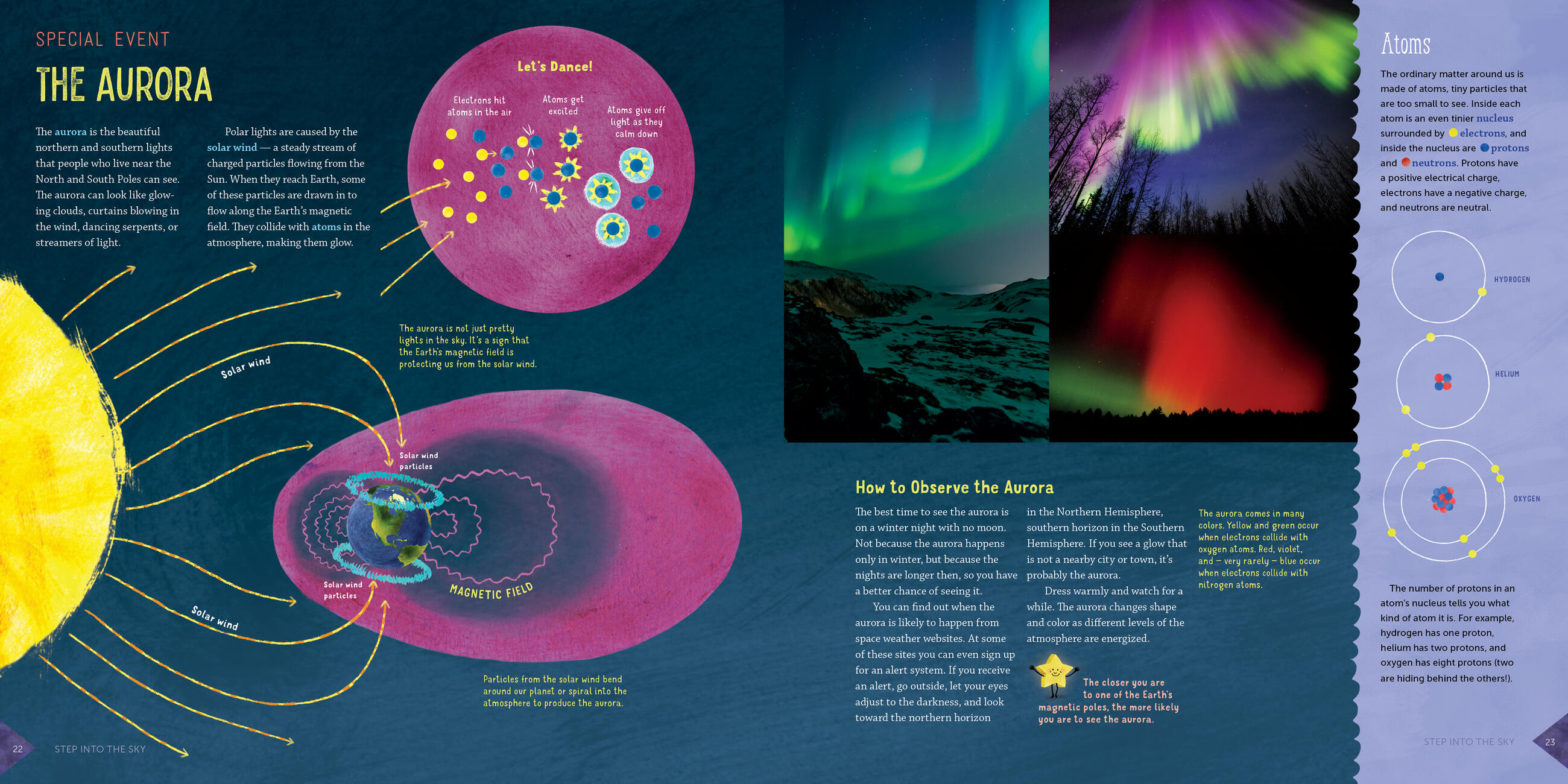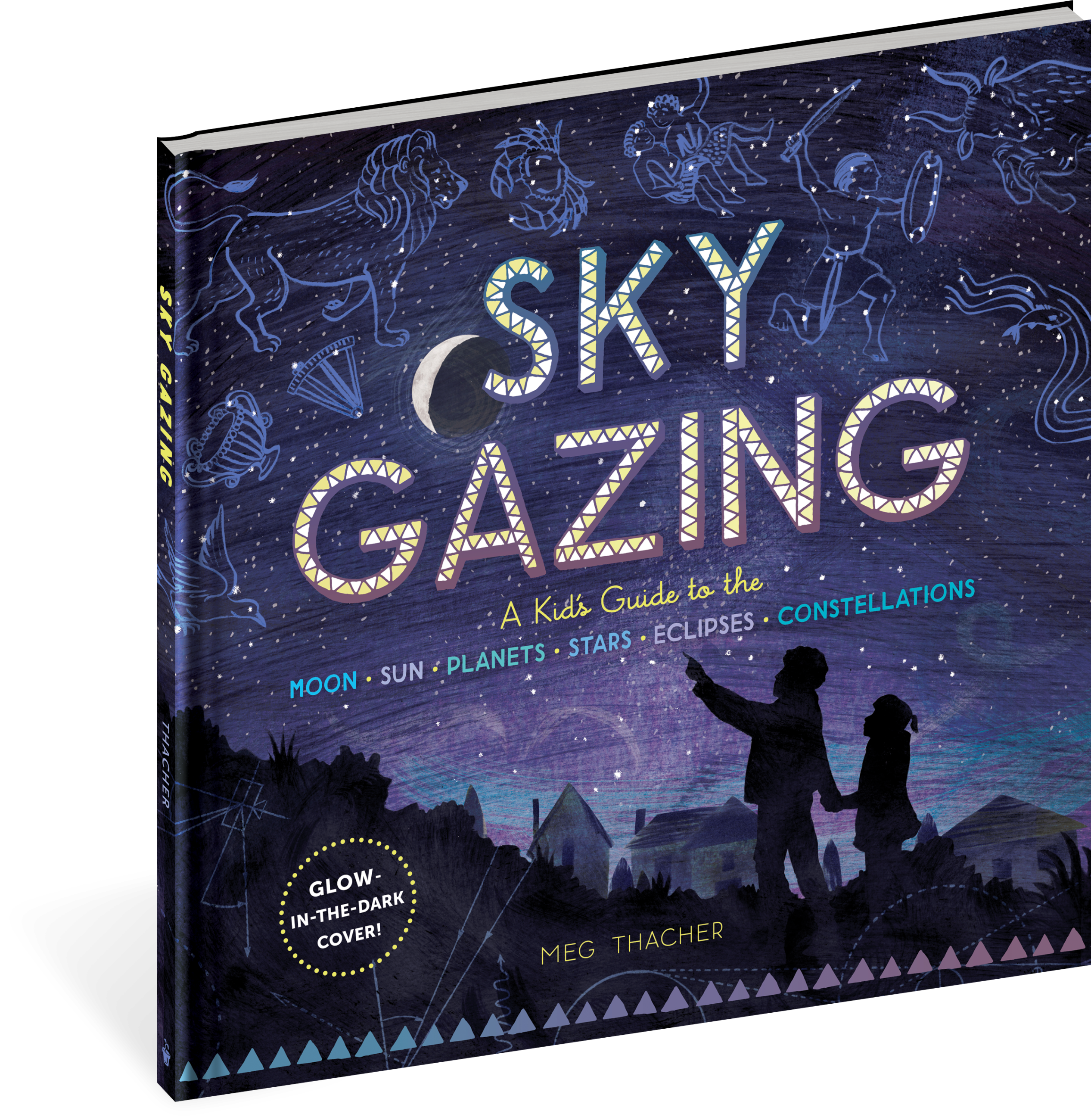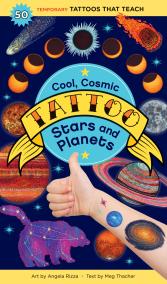Promotion
Use code BEST25 for 25% off storewide. Make sure to order by 11:59am, 12/12 for holiday delivery!
By clicking “Accept,” you agree to the use of cookies and similar technologies on your device as set forth in our Cookie Policy and our Privacy Policy. Please note that certain cookies are essential for this website to function properly and do not require user consent to be deployed.
Sky Gazing
A Guide to the Moon, Sun, Planets, Stars, Eclipses, and Constellations
Contributors
By Meg Thacher
Formats and Prices
- On Sale
- Oct 13, 2020
- Page Count
- 132 pages
- Publisher
- Storey
- ISBN-13
- 9781635860962
Price
$22.99Price
$29.99 CADFormat
Format:
- Hardcover $22.99 $29.99 CAD
- ebook $11.99 $15.99 CAD
This item is a preorder. Your payment method will be charged immediately, and the product is expected to ship on or around October 13, 2020. This date is subject to change due to shipping delays beyond our control.
Buy from Other Retailers:
This captivating book offers a tour of our solar system and deep space, explaining how objects like Earth’s moon were formed and introducing the “why” behind phenomena such as eclipses, northern lights, and meteor showers. Sky gazers will learn how to find and observe planets—no binoculars or telescopes required—and star charts will show them how to spot constellations through the seasons and in both hemispheres.
Activities include tracking the cycles of the sun and moon and observing the sky during daylight hours or on a cloudy night. Includes profiles of professional astronomers and sidebars on space technology and current issues, such as light pollution.
-
"Packed with fun activities and fascinating facts, Sky Gazing is perfect for sharing with kids or letting them enjoy on their own. By inviting us outside to look up in wonder, Sky Gazing inspires our best defense against the continued growth of light pollution and the loss of natural night: a love for the sky gained by knowing it firsthand. You couldn’t ask for a better guide to that experience than Meg Thacher’s marvelous book."
— Paul Bogard, author of The End of Night: Searching for Natural Darkness in an Age of Artificial Light
“This title is a bonanza for upper-elementary or middle school independent reading, especially for students with an interest in the sciences.”
— School Library Journal, starred review
Newsletter Signup
By clicking ‘Sign Up,’ I acknowledge that I have read and agree to Hachette Book Group’s Privacy Policy and Terms of Use
